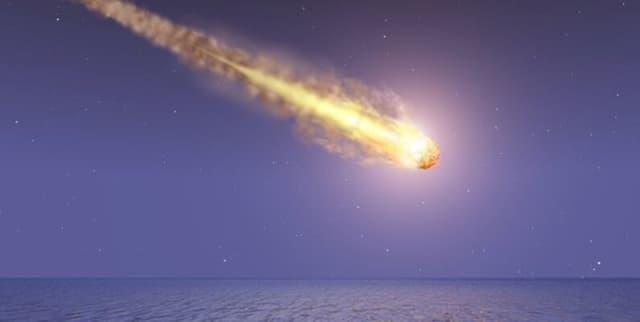Historical Meteorite Impact Data
Data Science and Analytics
Tags and Keywords
Trusted By




"No reviews yet"
Free
About
Records information on objects from space that have fallen to Earth's surface, providing valuable insights into the solar system's composition and origins. It details historical meteorite landings, including location, date, type, size, and mass. This resource allows researchers to track the distribution of impacts across time and space and improve the understanding of impact frequency on Earth.
Columns
The dataset features 10 distinct fields, detailing characteristics of each recorded impact event:
name: The name assigned to the meteorite.id: A unique identification label for the record.nametype: Specifies the type of name used for the meteorite.recclass: The scientific classification of the meteorite (e.g., L6, H5).mass (g): The measured mass of the meteorite in grams.fall: Indicates the discovery method, differentiating between those that were observed falling ("Fell") and those that were discovered later ("Found").year: The recorded year of the meteorite landing or discovery.reclat: The latitude location where the meteorite was found or observed.reclong: The longitude location where the meteorite was found or observed.GeoLocation: The combined geographic coordinates.
Distribution
The historical database is available as a CSV file named
Meteorite_Landings.csv, with a total size of approximately 3.95 MB. It contains over 45 thousand unique entries across 10 defined columns. Key identifier fields, such as name and id, exhibit perfect data validity. The majority of records (98%) are classified as having been "Found" rather than "Fell".Usage
This data is highly suitable for scientific research, particularly in the fields of astronomy, planetary science, and geological studies. Ideal applications include tracking the historical density of impacts globally, performing time-series analysis on impact frequency, examining the statistical relationship between meteorite mass and landing coordinates, and developing geospatial models to predict potential future impact zones. It is also an excellent resource for historical research and educational purposes focusing on space phenomena.
Coverage
The temporal scope of the records is extensive, beginning with data from the year 860 and extending to the year 2101. The geographic scope is global, with latitude locations spanning from -87.4 to 81.2 and longitude locations ranging from -165 to 354, covering numerous documented impact sites across the planet.
License
Attribution 4.0 International (CC BY 4.0)
Who Can Use It
- Scientists and planetary researchers: To analyse solar system composition and origins.
- Historians and archivists: For researching celestial events documented over centuries.
- Geospatial analysts: To map impact distribution patterns and conduct spatial clustering analysis.
- Educators and students: For projects focused on earth science, astronomy, and modelling natural events.
Dataset Name Suggestions
- Historical Meteorite Impact Data
- Global Record of Meteorite Landings
- Planetary Impact Event Registry
- Space Object Fall Database
- Celestial Body Impact History
Attributes
Original Data Source: Historical Meteorite Impact Data
Loading...
